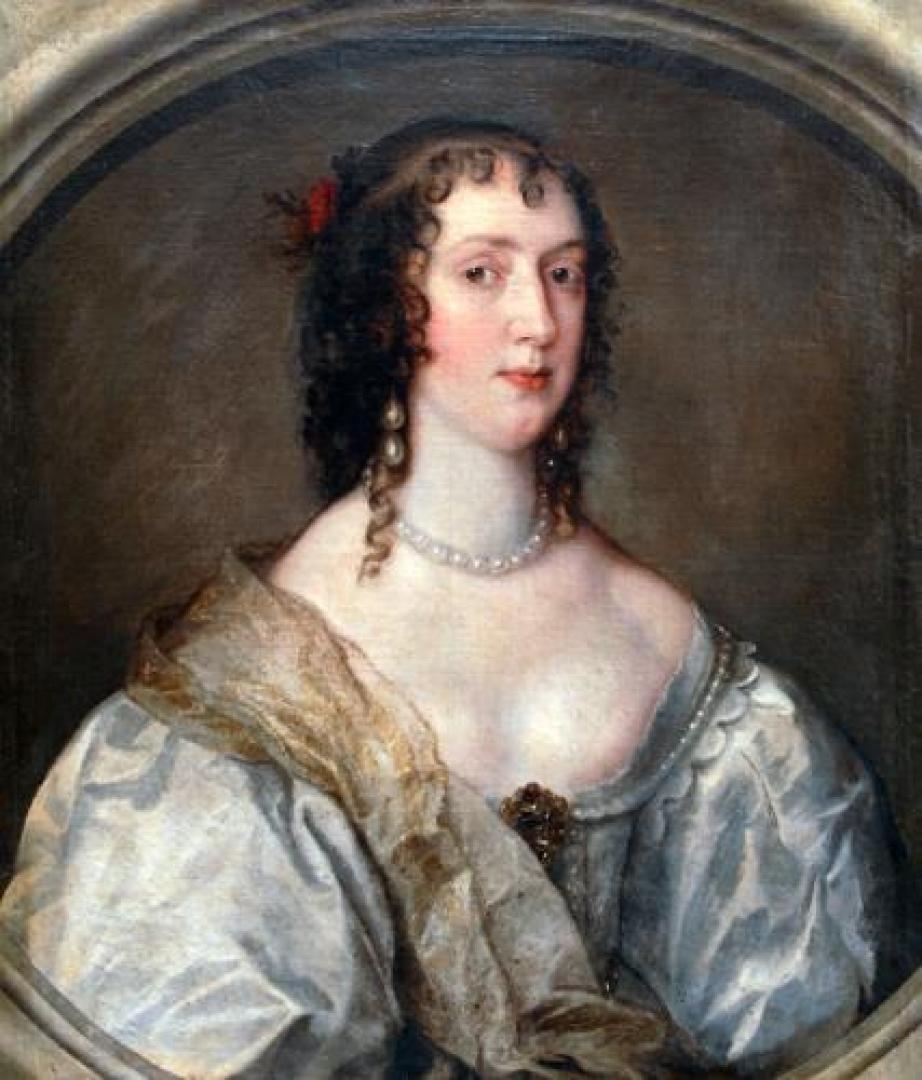In an occasional column, Dorothy Blundell takes a sideways personal look at what goes on behind the scenes at The Bowes Museum where she is a volunteer
THERE are two portraits of Josephine Bowes hanging in the museum which she and her husband John founded.
One is full length and shows a thin-lipped half-smile – a bit Mona Lisa-esque. But why so sad when she knew she had won the heart of a wealthy man and life was about to get so much better? Well, sitting for a portrait painter took hours and we all know what it’s like trying to hold a smile in place for more than a few minutes.
Plus, in those days it was considered that showing your teeth when you smiled was vulgar.
The second, three-quarters-length portrait painted five or so years later, shows Josephine looking down and to the right, playing with her hair in ringlets.
And her smile? It is playful, lively, even flirtatious – in a word, kittenish, and that is rather apt given that John’s pet name for her was “Puss” .
So what’s making her purr? She and John are married by this time so perhaps she was thinking of her next trip to her high class Paris dressmaker, where in one visit she spent about 11,000 francs (about £125,000 today) on five couture gowns. Or, maybe she was thinking of the next artwork bargain she would acquire.
Josephine had a great eye for art (and bargains) and, together with John, wanted to help inspire and educate the wider public. John had been classically educated (Eton and Cambridge) and had begun building a personal art collection from the age of 19, but Josephine was a clock-maker’s daughter so what would she have known about art? Well, she clearly knew what she liked.
In all probability she was guided by how the art made her feel. At its most basic, isn’t that what art is about – creating a feeling or a reaction within the audience?
There are of course many works of art that can elicit smiles among visitors to The Bowes Museum. Three in particular are images with modern-day lookalikes – you might well spot others when it reopens after the pandemic.
Look at this portrait painted by Antoine Vestier in 1777 and see if you can guess a 20th century film director known as the master of suspense. With apologies to Maria Anna Bergin, the wife of German-born composer Gluck, it could be Alfred Hitchcock. Gluck – first names Christoph Willibald – was incidentally one of Marie Antoinette’s music teachers.
He was 36 when he married the 18-year-old heiress of a Viennese merchant and, despite her lack of a smile, their union was reportedly a happy one.
Next, look at Olivia Porter – she of the remarkable story about the rediscovered Van Dyck painting which dates from around 1637 -could she have been an early incarnation of British funny lady Miranda Hart?
Finally, if you’ve seen the animated hit movie Despicable Me you will recognise a kind-hearted movie villain in this caricature plaster sculpture from 1834 by Jean-Pierre Danton. The Duke of Gloucester (left), is with his brother-in-law, the Duke of Cumberland exchanging anecdotes while sitting on a bench in the House of Lords.
Gloucester could have been the very model upon whom Universal Studios and Illuminated Entertainment based the character of Gru.
So, at some point in the future, if you need a reason to smile, you know where to look.






